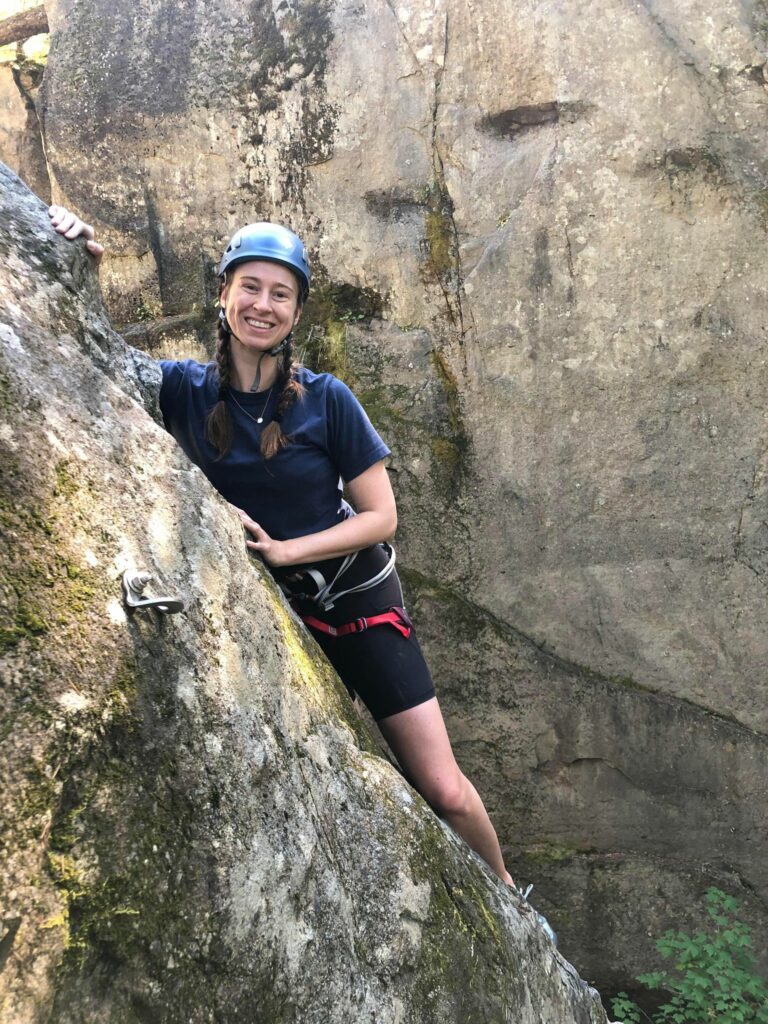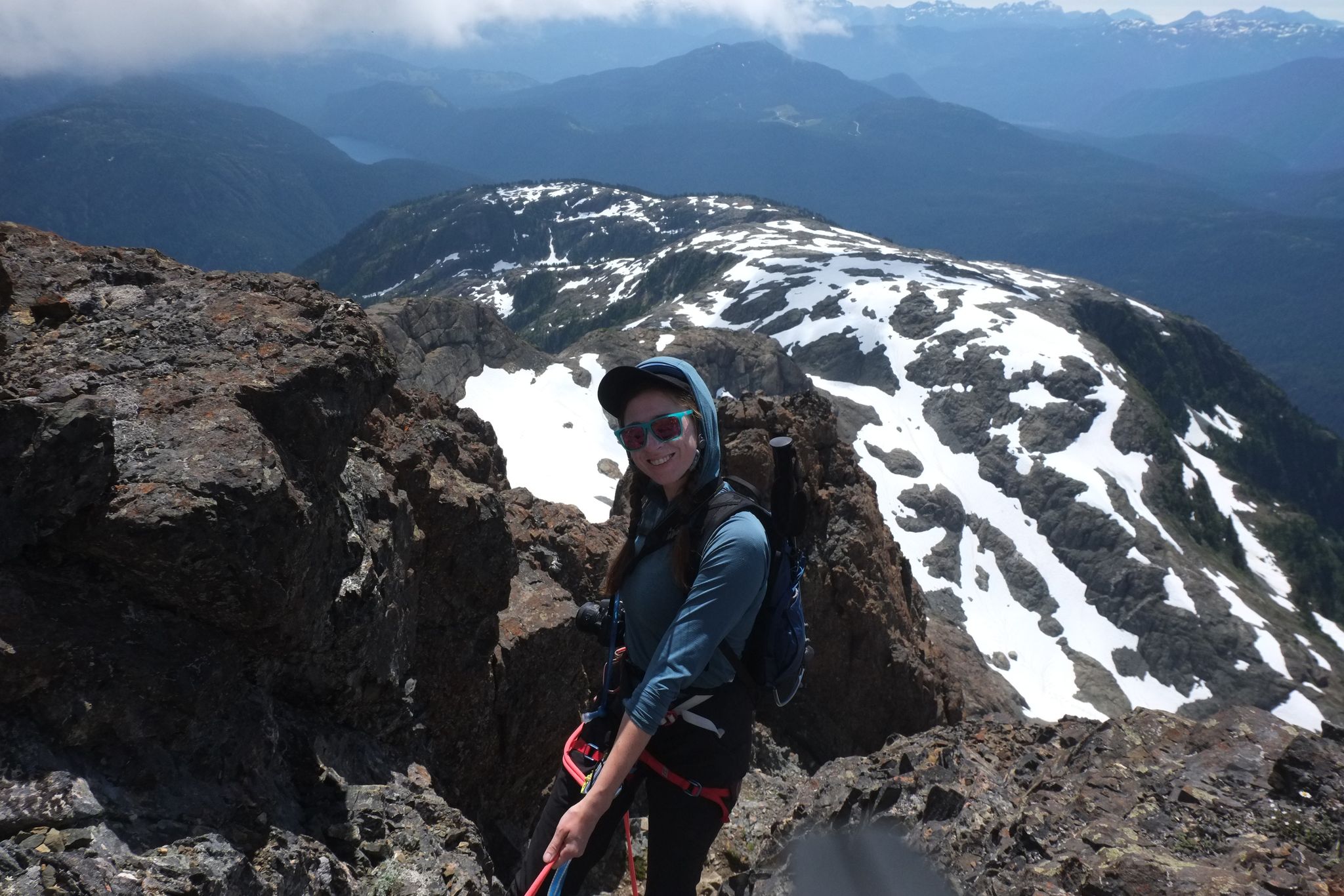Why Climbing?
That is a question that gets asked constantly and, being completely honest, one that I do not have a straight answer for. What I do know is that during a climb there is a feeling of both weightlessness and being weighed down by no one other than yourself. You push yourself to grow and others are only there to help you succeed. It’s an experience that is grinding, gruelling and sometimes bloody but in the end is immensely positive and rewarding. Climbing is so much to me; it’s being connected to the mind, the body, and the space they occupy in that moment. It’s a dance where each route is a new partner and you’re just trying to work out how they flow. So why climbing? When it comes down to it, it’s simply a love of mine.
I have always loved scrambling up trees and boulders. I would always be elated and full of joy once at the top. I’d sit and gaze in wonderment at the world from this new perspective, absorbing things I could not see before and reflecting on what it took to get there. I’d eventually scramble down and try climbing it again and again but with new movements and placements each time. It never got old.
Recently, I’ve been climbing in the gym as well as outside. Climbing in the gym is like training for the adventures that await beyond those doors. From mountains to small crags, there are many places to explore where you can have the glorious feeling of solid rock under your fingertips. When climbing outside I currently have to rely on someone else to either hike around and set up the top rope or for them to lead climb in order to set up the anchor. My goal for this process is not only to learn how to lead climb but to feel confident with setting up a rope at an anchor station.

Now, I feel I’m ready to take on this new challenge and take my relationship with climbing to the next level.
What is Lead Climbing?
Some people associate climbing with scaling up a wall using your hands and feet. Most commonly you are attached to a rope that is already at the top, which keeps you safe. This is called top roping. The main difference between top roping and lead climbing is that in lead climbing you bring the rope up with you, clipping into gear for protection (generally bolts) as you go up. You essentially tie into the rope, at the bottom of the route and ‘lead’ the rope up the wall. Since the rope isn’t anchored to the top, you clip into certain points along the route so that you’d have something to catch you if you were to fall.
Here are a few reasons why lead climbing is more difficult than top roping:
Fear: Falls can be scarier on lead for a lot of reasons. Personally, I’ve never taken a fall, so this will be something that I’ll need to overcome.
Fall distance: When you fall, you can go a lot farther than falling when top roping. Sometimes this means having to redo a difficult section of the climb or potential injury.
No help from the belayer: On top rope, the belayer can help the climber through difficult sections by weighting their end of the rope. This would pull the climber, aiding them up the wall. You don’t have this option while lead climbing. It’s all you!
I was made to do hard things
Throughout this process, in each post, I will be sharing a quote from climbers that I admire. However, today I’m sharing a mantra that a friend gave me to repeat in moments when I feel I can go no further. This mantra has gotten me through some tough moments; backpacking, hiking, bike touring and climbing just to name a few.




